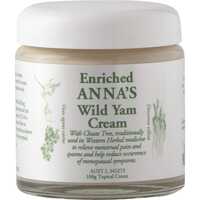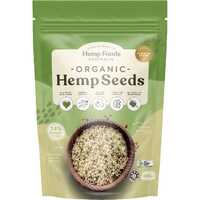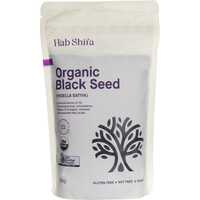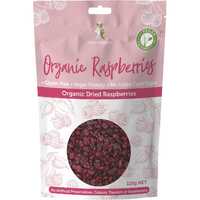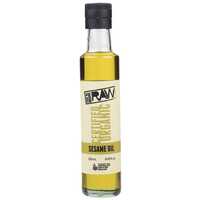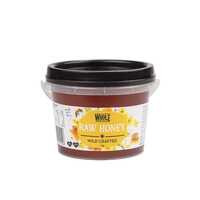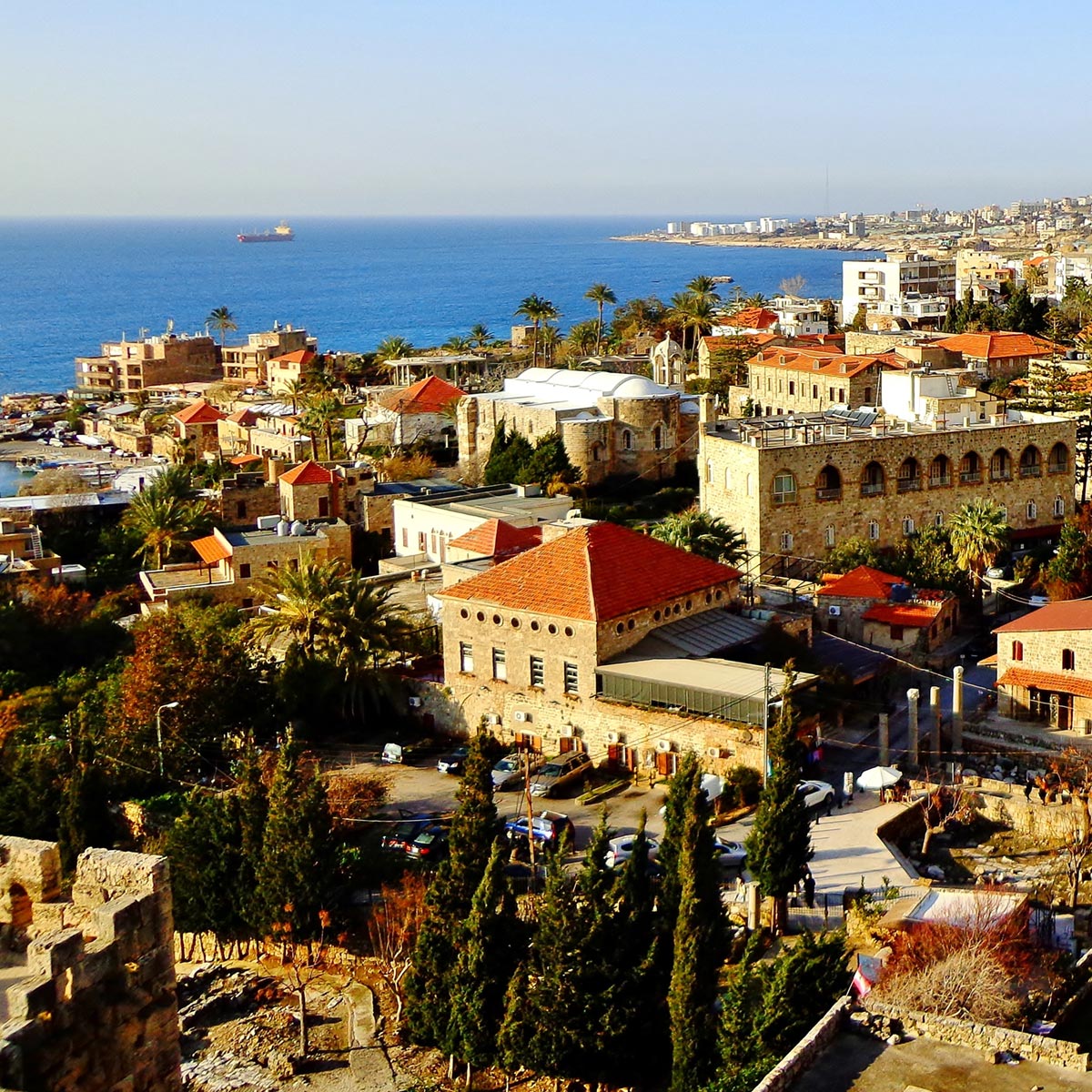Healthy natural food is enjoyed by people across the world. From north to south and east to west, all cultures on Earth are proud of their traditional cuisine. In this article, we'll follow our global health food tour to the Middle East. This historic region includes the Arabian Peninsula, the Levant, Egypt, Turkey, Iran, and Iraq. The term "Middle East" is mostly used by people in North America, Australasia, and Europe, with "West Asia" increasingly used instead. There are 18 countries in the Middle East, of which 13 are well and truly rooted in the Arab world.
This region is rich with ancient traditions and modern culture, and it includes some of the best foods on the planet. Let's dive deep into the Middle Eastern diet and look at some of the healthiest ingredients from this region.
Traditional Middle Eastern Cuisine
Middle Eastern cuisine includes a variety of foods from a multitude of interconnected cultures. Arab, Turkish, Iranian, and Jewish traditions have a huge influence on the regional diet, with food also informed by Armenian, Assyrian, Azerbaijani, Cypriot, Egyptian, Georgian, Kurdish, and Levantine cultures. Some of the world's most delicious and distinctive ingredients come from this region, including sesame seeds, dates, chickpeas, mint, and parsley.
The Middle East region has played a central role in the human story. The first civilisations appeared in Mesopotamia around 2500 BC in the Indus Valley region of modern-day Iraq. This is more than 1,000 years before similar advances in China or the Americas. With such an extensive history, the Middle East also played an important role in the evolution of agriculture. Sheep, goats, and cattle were first domesticated in the Indus Valley, fermentation was discovered there, and the earliest written recipes also come from the Middle East.
The Middle East has always been an important crossroad between Asia, Africa, and Europe. Ancient trade routes brought new ingredients into the region, and new food combinations spread around the world. Spices arrived from the east, tomatoes came from the west, and grains and vegetables arrived from the southern nations of Africa. The birth of religion also had a huge influence on the Middle Eastern diet, with this ancient part of the world responsible for Jewish, Christian, and Islamic cultures.
Middle Eastern Ingredients and Dishes
Despite numerous religious and cultural differences, Middle Eastern cuisine shares a number of common elements. Stuffed vegetables are a staple, with cabbage and other leaves often stuffed with tomato, eggplant, squash, onion, peppers, and carrots. Ground meats and rice are also added to the mix, along with nuts, spices, and herbs.
Meze is also a typical element, with this diverse selection of small dishes served before main meals across the region. Hummus and tabbouleh are often part of this selection, along with various grilled meats. The consumption of milk and yogurt is also widespread in the Middle East, and Greek feta and halloumi are the most popular types of cheese.
A number of Middle Eastern dishes have become popular in modern times, and they can be found in restaurants and street corners across the world. Hummus is probably the best-known dish, with this simple chickpea puree flavoured with tahini, olive oil, garlic, and lemon juice. Falafel is another popular dish that often accompanies hummus, and once again, chickpeas play a central role.
Other famous dishes from this part of the world include baba ghanouj or eggplant sauce, rice or grain pilaf, borek pastries, pita bread, and grilled kebab. If you're looking for something sweet, snayniyeh is a healthy barley breakfast bowl with honey, knafeh is a buttery nighttime dessert, and halvah is an absolute delight at any time of day.
Superfoods From The Middle East
As the birthplace of civilisation, the Middle East is responsible for some of the world's oldest agricultural and food traditions. From whole grains to honey, from nutrient-dense seeds to versatile dried fruits, the following foods are among the very best:
Black seed
Black seed is also known as black caraway or black cumin, among many other names. Native to Bulgaria, Romania, and the Middle East, this seed has long been used in traditional cuisine. In Palestine, it's ground into bitter qizha paste, and it's also regularly added to curries and vegetable dishes. Black seed is added to spice blends and used to flavour numerous bread products as well.
Black seed has a special relationship with many Islamic people, with the prophet Mohammed calling it "a remedy for all diseases except death." It's also called the "seed of blessing" in Islamic nations, where it's been used as medicine for centuries to treat eczema, asthma, and allergies. Black seed contains linoleic acid, oleic acid, and palmitic acid, along with protein, alkaloids, and aromatics. It also contains significant levels of iron, copper, zinc, phosphorus, calcium, thiamin, and folic acid.
Sesame seeds
Whether sprinkled on cereal, added to bread, or made into oil, sesame seeds are a nutritional powerhouse. These seeds are an incredibly old oilseed crop, having been domesticated more than 3,000 years ago. While the sesame seed plant came from Sub-Saharan Africa, it has long been central to Middle Eastern cuisine. With a rich nutty flavour and the highest oil content of any seed, sesame is a beneficial addition to almost any diet.
Sesame seeds are a great source of various macro- and micro-nutrients, including healthy fats, protein, fibre, vitamins, and minerals. Along with B vitamins, vitamin E, magnesium, calcium, and iron, there are also lots of beneficial phytochemicals, antioxidants, and plant compounds found in sesame seeds.
In the Middle East, sesame seeds are often made into a paste called tahini, which also includes olive oil and salt. It's used in the popular confection halvah as well, which also includes flour, butter, saffron, rosewater, cocoa, and sugar. Whether ground or made into oil, sesame seeds are used in a variety of spice blends, savoury dishes, and sweet confections throughout the Middle East.
Honey
Honey and beekeeping are traditions in the Middle East. While humans have been eating wild honey for at least 25,000 years, the first evidence of man-made hives comes from ancient Egypt. Bees were used to represent the cycle of life and death in Egyptian mythology, and it wasn't long before they spread across the wider West Asian region. Honey was central to the development of baklava, Balah el Sham, halvah, and numerous other Middle Eastern dishes. Even today, this region produces some of the world’s most expensive honey.
Honey offers a range of health benefits, being jam-packed with antioxidants and antibacterial compounds. While honey is not a significant source of dietary vitamins or minerals, it has lots of flavonoids and phenolic acids. And while too much honey is bad for your blood sugar, like any other sugar, moderate consumption may help with blood sugar regulation and overall heart health.
Dates and other dried fruits
Dates play an important role in Middle Eastern cuisine, and once again, it's due to Islamic traditions. When the prophet Muhammad first broke his fast, he chose to eat the fruit of the date palm. Known as "tamr" in Arabic, dates are mentioned more than any other fruit-bearing plant in the Qur'an. From a nutritional perspective, dates contain some important vitamins and minerals and a significant amount of fibre. Along with delicious sweetness, dates have lots of potassium, magnesium, copper, manganese, iron, and vitamin B6.
In addition to dates, many other dried fruits are used in traditional Middle Eastern cuisine. From Turkish apricots and Iranian figs to raisins, pears, and apples, fruits were traditionally dried in this region to boost their flavour profile and aid with longevity. Drying or dehydration is the earliest form of food preservation, and it helps to concentrate the natural sweetness of delicious desert fruits.
Whole grains
Like most ancient diets, Middle Eastern food is full of whole grains. Unlike much of the Western world, which is saturated with a handful of wheat variants, a variety of grains can be found in Middle Eastern markets. Freekeh is made from young green wheat, farro is a nutty wheat grain also called emmer, and bulgur is a light wheat staple in many nations. Other grains are also popular across the region, including rice, barley, and maize.
Whole grains are consumed in a variety of ways, from breads and cereals to burghul, couscous, and numerous sweet dishes. Plain rice is often served with grilled meats, and it's also used in traditional meat and vegetable stews. Bread from the Middle East takes many forms, including versatile pita bread. This ancient staple is known for its iconic round shape and hollow pocket, and it's used in everything from sandwiches and stews to hummus and other dipping snacks.
If you want to discover healthy and delicious foods from the Middle East, we have what you need. From ancient grains and dried fruits to honey, sesame seed oil, and black seed, our products deliver maximum flavour and nutritional goodness. So check out our website today for unbeatable prices across our entire range!


 Certified Organic
Certified Organic Vegan Friendly
Vegan Friendly  Vegetarian
Vegetarian Organic Ingredients
Organic Ingredients Dairy Free
Dairy Free Gluten Free
Gluten Free Keto Friendly
Keto Friendly

















